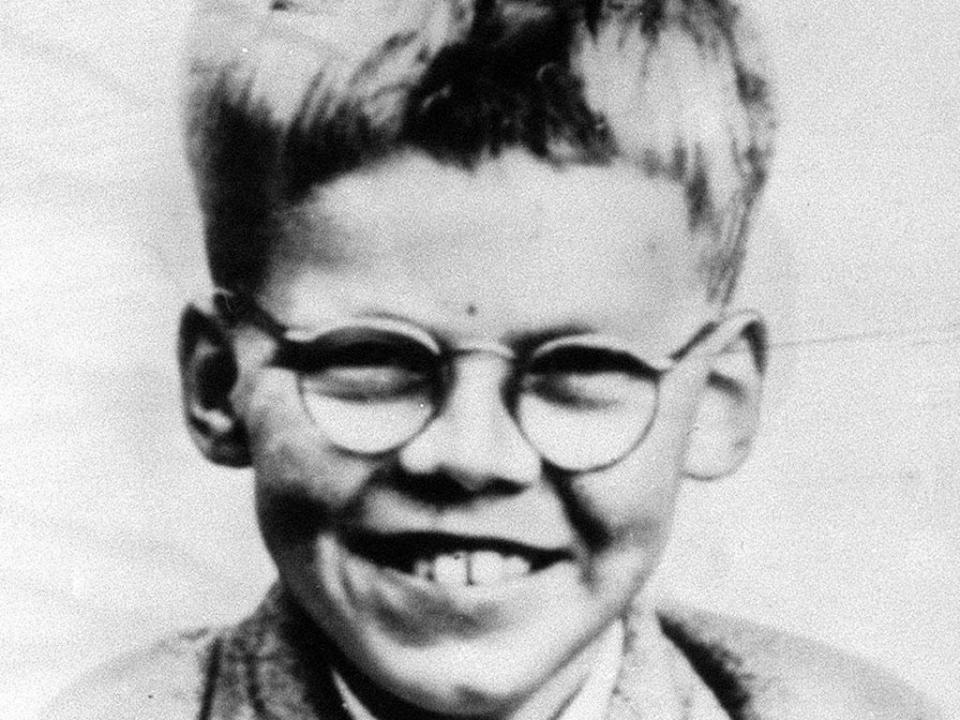Ian Brady: Moors murderer had locked briefcases of his belongings removed from his room hours before his death

Moors murderer Ian Brady had locked briefcases of his belongings removed from his hospital room hours before his death, an inquest has heard.
The serial killer’s briefcases were sealed by security staff and released to his lawyer, according to the psychiatric hospital where he died.
The details emerged at an inquest into the 79-year-old’s death, which concluded that he died of natural causes.
Brady and his girlfriend Myra Hindley tortured and murdered five children between July 1963 and October 1965. Several of their victims, who were aged between 10 and 17, were sexually assaulted.
Three of the victims were found on Saddleworth Moor in the south Pennines.
But more than 50 years later, the body of 12-year-old Keith Bennett has not been found.
Throughout her lifetime the boy’s mother Winnie Johnson, who died in 2012, had repeatedly pleaded for Brady to do so.

Christopher Sumner, senior coroner for Sefton, ruled out neglect and self-neglect as factors in Brady’s death.
The killer had been on intermittent hunger strike since 1999 and was fed by a nasogastric tube, but he often accepted food from select staff, the inquest heard.
Mr Sumner had previously refused to release the body of Brady, who died on 15 May, until he was given assurances his ashes would not be spread on Saddleworth Moor.
Brady’s body was kept under police guard until it was released to his lawyer Robin Makin on 18 May, after he said there was “no likelihood” the ashes would be scattered on the moor.
No reference was made to the murderer’s remains at the inquest. Plans for Brady’s body remains a mystery.
The inquest hearing, which lasted less than 45 minutes, heard Brady was diagnosed in 1985 with paranoid schizophrenia, marked by perceptual disturbances, delusional ideas, and disorganised thought and speech.
Consultant forensic psychiatrist Dr Noir Thomas said that at 12.30pm on 15 May, medics concluded Brady, who suffered from lung disease emphysema, was nearing death.
“He asked for his solicitor to be notified and requested that his locked briefcases be removed from his room,” he said. “These were sealed by security staff and locked in the director of security’s office.”
Following the inquest, a spokesman for Mersey Care NHS Trust, which runs the hospital in Maghull, Merseyside, said the cases had been given to Mr Makin, the executor of his will.
Dr Thomas said: “His 32-year detention at Ashworth Hospital was largely marked by hostility, opposition to his care and treatment, allegations of brutality, serial complaints and insistence of interference by the Home Office.”
Without success, Brady – also known as Ian Stewart-Brady – had “serially pursued” a move from Ashworth Hospital to prison at various mental health tribunals and had talked about committing suicide, the inquest heard.
The forensic psychiatrist added: “In recent years there was ongoing evidence of intractable narcissism with marked grandiosity, a lack of empathy, demanding and entitled behaviour.”
Recording his verdict, Mr Sumner said: “The controversy surrounding this patient in life was markedly absent in death for reasons the pathologist has given.”
He added: “He received appropriate medical care throughout his time as a patient at Ashworth Hospital to satisfy both his physical and his mental needs. I thus find there was no evidence of neglect or self-neglect contributing to the death of Mr Stewart-Brady.”
Home Office pathologist Dr Brian Rodgers said the cause of death was cor pulmonale, a form of heart failure, secondary to bronchopneumonia and chronic obstructive pulmonary disease, or lung disease.
The court heard Brady, who was a heavy smoker up until the smoking ban, had “very severely diseased” lungs.
Dr Rodgers said Brady was not emaciated, despite his intermittent hunger strikes, and weighed about nine stone.
Press Association

 Yahoo News
Yahoo News 
